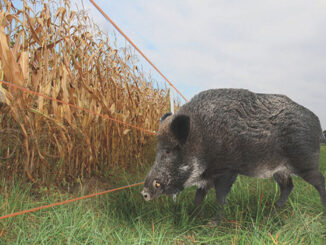
© Paddy Phillips Feather & close-up of components
© Paddy Phillips
Bird physiology
Lightweight
The physiology of birds and animals is distinctly different. Birds are built lightly so that they can fly. Bird bones are strong, yet lighter than animal bones.
Many fused-together bones result in birds needing fewer muscles than animals.
Their flight muscles are powerful enough to lift them into the air.
Delicate beaks
Instead of heavy jawbones and teeth, birds have light beaks. The beaks’ shapes depend on their use – as do the shapes of their equally light legs and feet.
Flight energy
Birds‘ internal systems have to provide enough energy to keep warm, as well as providing the large amounts of energy needed to take off. Since lightness needs to be maintained, the internal organs transform high-energy foods (nuts, fruits, seeds, rodents or fish) into energy extremely fast. While resting at night, bodily functions slow down.
Feathers – components and functions
Feathers do not cover the bird entirely, but grow only along certain areas called tracks. Between tracks, only down grows, keeping the weight down.
Made from tough, yet flexible keratin, feathers look more solid than they are and the centre shaft is usually hollow. Vanes along the sides of the shaft consist of thousands of barbs, barbules and hooks (Illustration 1). Spaces between these cause feathers to contain a great deal of air.
Flight mechanics
Feathers determine the airfoil shape of bird wings, the key to their ability to fly.
Mechanics of bird flight
The wing moves through the air, and the air flow above it has to cover a greater distance than that of the air flow below. For both flows to reach the end of the wing simultaneously, the top flow has to be faster, resulting in lower pressure above than below (Illustration 2). This difference creates lift.
How do birds fly?
Birds gain forward thrust by twisting their wings as they beat them, creating greater air movement.
Styles
Flying styles vary. The difference between the flying techniques of a hummingbird and a bird of prey (vulture, for instance), is that a hummingbird continually beats its wings (10 beats/ second), while a vulture beats its wings once a second or glides for miles without beating them, using thermals for lift.
How is flying taught to young birds?
Birds teach their young how to fly by moving a little away from the nest and making the baby fly to them for food.




